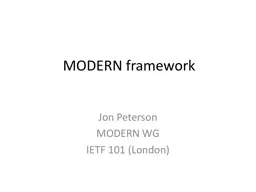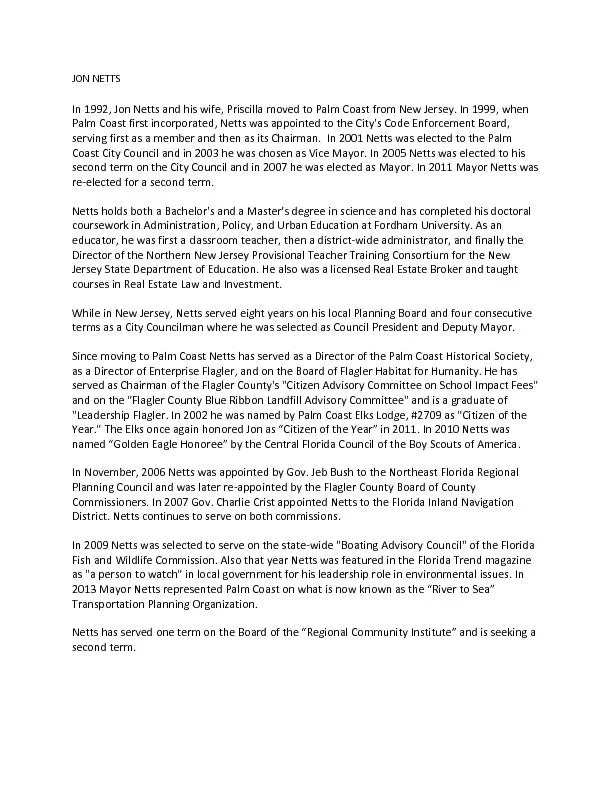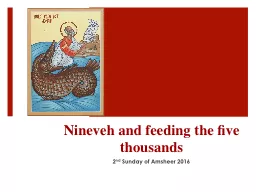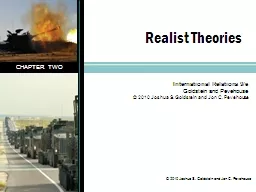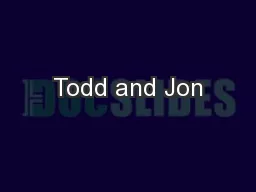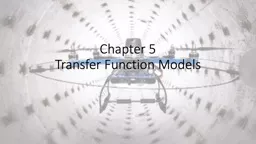PPT-MODERN framework Jon Peterson
Author : undialto | Published Date : 2020-07-04
MODERN WG IETF 101 London A Win Its done hurrah will work with the RFCEd to get this printed Just wanted to draw attention to the IESG review We added a privacy
Presentation Embed Code
Download Presentation
Download Presentation The PPT/PDF document "MODERN framework Jon Peterson" is the property of its rightful owner. Permission is granted to download and print the materials on this website for personal, non-commercial use only, and to display it on your personal computer provided you do not modify the materials and that you retain all copyright notices contained in the materials. By downloading content from our website, you accept the terms of this agreement.
MODERN framework Jon Peterson: Transcript
Download Rules Of Document
"MODERN framework Jon Peterson"The content belongs to its owner. You may download and print it for personal use, without modification, and keep all copyright notices. By downloading, you agree to these terms.
Related Documents

